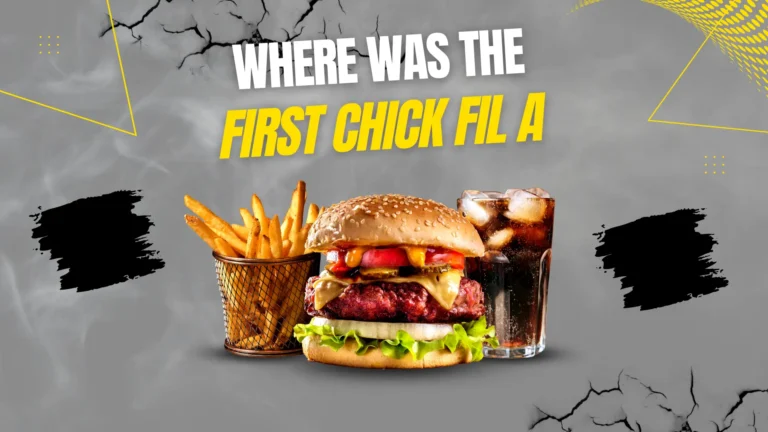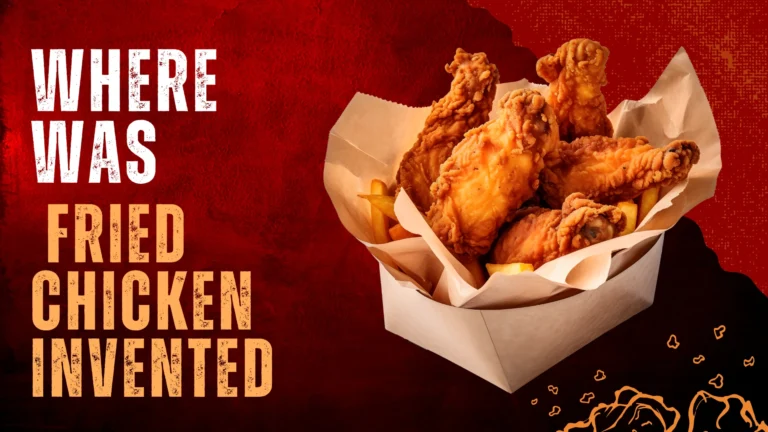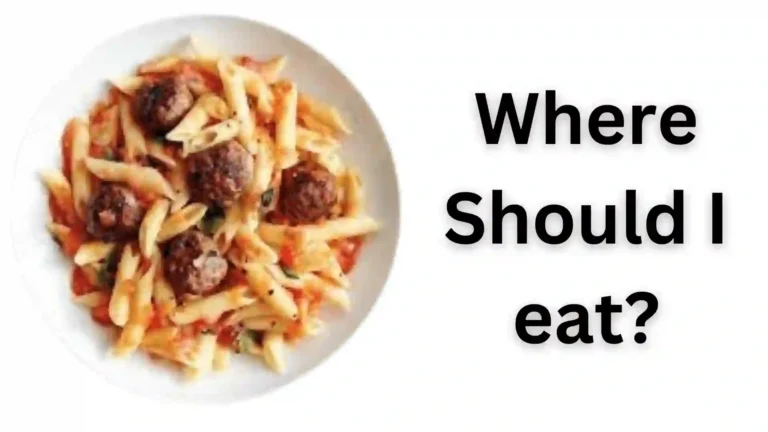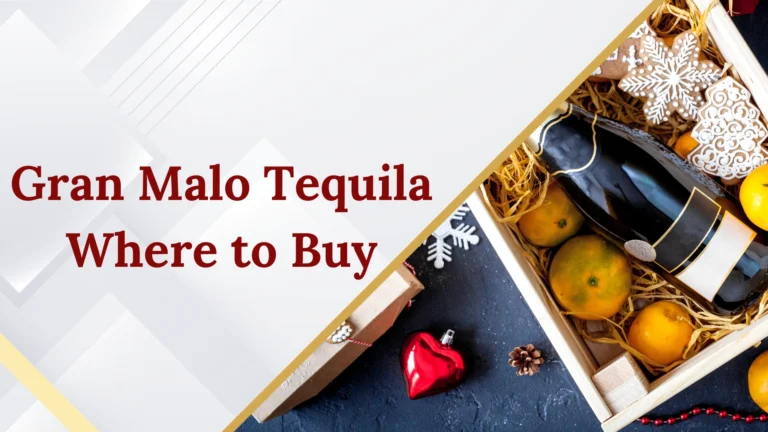Where was Ranch Invented

Ranch dressing is one of the most popular condiments in the United States, known for its creamy texture and tangy, herb-infused flavor. While it is now a household staple, few people know the fascinating story behind its invention. Ranch dressing was created by Steve Henson, a man whose culinary creativity led to the birth of a multi-million-dollar brand and an enduring American favorite.
Steve Henson: The Man Behind the Dressing
Early Life and Career
Steve Henson was an entrepreneur with a background in construction and plumbing. During the late 1940s and early 1950s, he worked as a plumbing contractor in Alaska. One of his responsibilities included cooking for his work crew, a task that pushed him to experiment with different recipes to keep the meals interesting and satisfying.
To make salads and vegetables more appealing, Henson developed a dressing made with buttermilk, mayonnaise, garlic, onions, and a blend of herbs and spices. The creamy consistency and zesty flavor quickly became a favorite among the workers, who enjoyed its unique taste.
Transition to California
After spending time in Alaska, Henson and his wife, Gayle, decided to move to California in search of new opportunities. In 1954, they purchased a property near Santa Barbara, naming it Hidden Valley Ranch. They transformed the property into a dude ranch, offering visitors a rustic retreat where they could experience the cowboy lifestyle.
While the ranch provided horseback riding, outdoor activities, and a scenic getaway, it was the homemade ranch dressing that stole the show. Guests at Hidden Valley Ranch raved about the dressing and requested to take some home. Recognizing the growing demand, Henson saw an opportunity to turn his creation into a business.
The Rise of Hidden Valley Ranch
From Local Favorite to National Sensation
Henson began packaging his seasoning mix, allowing customers to prepare the dressing at home by adding buttermilk and mayonnaise. He started selling these packets via mail order, and word spread quickly. The demand grew so rapidly that the Hensons eventually shifted their focus from running the dude ranch to producing and distributing their dressing mix full-time.
By the mid-1960s, Hidden Valley Ranch had become a thriving business. The dressing was a hit not only among home cooks but also in restaurants, where chefs used it to enhance salads and other dishes. The simple yet flavorful combination of ingredients made it stand out from other dressings available at the time.
Corporate Acquisition and Mass Production
The success of Hidden Valley Ranch caught the attention of major food corporations. In 1972, the Clorox Company acquired the brand for $8 million. This marked a turning point for ranch dressing, as Clorox worked on refining the recipe and making it more accessible to the masses.
One of the major innovations was the development of a shelf-stable, bottled version of ranch dressing. Previously, consumers had to mix the seasoning with buttermilk and mayonnaise at home, but the new ready-made version made it even more convenient. The mass production and distribution of bottled ranch dressing helped solidify its place in American households, leading to its rapid rise in popularity.
Ranch Dressing’s Cultural Impact
Expansion Beyond Salads
While ranch dressing was initially created as a salad dressing, its versatility led to its use in a wide range of culinary applications. People began using it as a dip for vegetables, french fries, chicken wings, and even pizza. It became a must-have condiment at restaurants, fast food chains, and homes across the country.
The influence of ranch dressing extended beyond fresh foods. Snack brands started incorporating its flavor into chips, crackers, and other packaged goods. One of the most notable examples is Cool Ranch Doritos, which debuted in 1986 and became an instant success. The tangy, herby profile of ranch dressing made it a perfect seasoning for snacks.
Global Reach
Although ranch dressing originated in the United States, it has since gained international recognition. While it may not be as universally embraced in other countries as it is in America, many global fast-food chains and restaurants have introduced ranch-flavored items to their menus.
Its creamy and tangy profile makes it a versatile condiment that pairs well with various cuisines. Some international markets have even developed their own versions of ranch dressing, tweaking the recipe to match local tastes.
Conclusion
Ranch dressing’s journey from a homemade creation to a global phenomenon is a testament to its irresistible flavor and adaptability. What started as a simple dressing made in an Alaskan kitchen grew into a brand that revolutionized the condiment industry. Thanks to Steve Henson’s innovation and entrepreneurial spirit, ranch dressing remains a beloved staple in American households and beyond. Whether used as a dressing, dip, or seasoning, its impact on food culture is undeniable.





